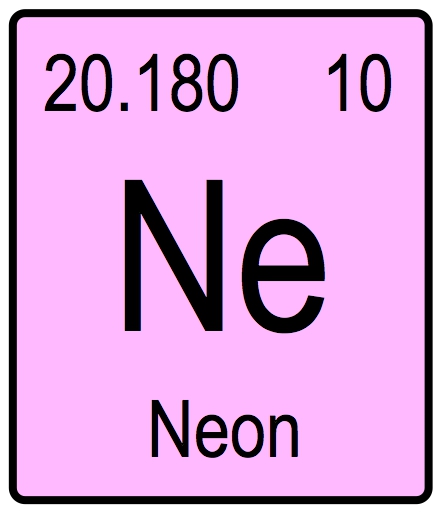Atoms are the fundamental building blocks of matter, which is defined as anything that occupies space and has mass. This broad category includes both living organisms, such as plants and animals, and nonliving entities, like rocks and water. Every piece of matter is composed of at least one chemical element, which is a pure substance made up of only one type of atom.
To understand the relationship between matter, elements, and atoms, consider that all matter is constructed from chemical elements, and each element is made up of atoms. Therefore, an atom can be described as the smallest unit of an element, and consequently, the smallest unit of matter. This means that both living and nonliving matter is ultimately made up of atoms.
For example, a diamond is a type of nonliving matter composed solely of carbon atoms, represented by the chemical symbol "C." When examining the structure of a diamond, one can see that it consists entirely of carbon atoms, highlighting that it is made up of a single chemical element. In contrast, living matter, such as a honeybee or a plant, contains various chemical elements. For instance, glucose, a sugar found in living organisms, is made up of carbon, hydrogen, and oxygen atoms. Each of these elements has its own unique atoms, with hydrogen represented by the symbol "H."
In summary, all matter is made up of chemical elements, and the smallest unit of a chemical element is the atom. This foundational concept sets the stage for further exploration into the structures and properties of atoms in subsequent lessons.



